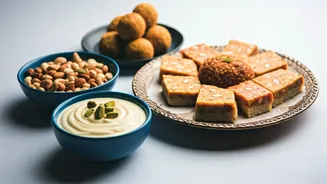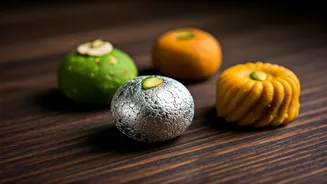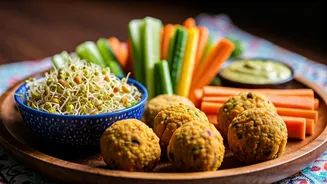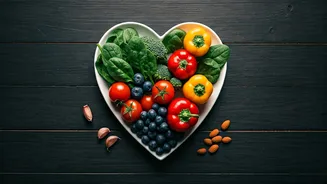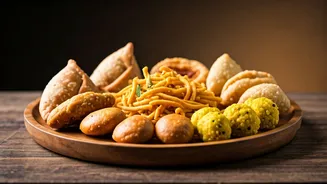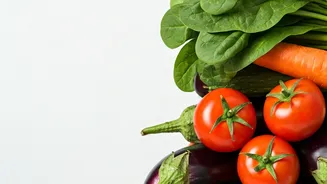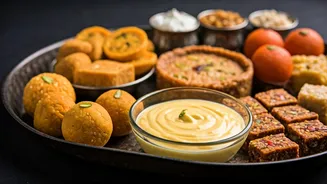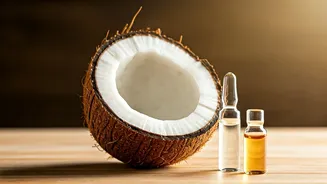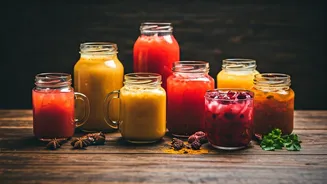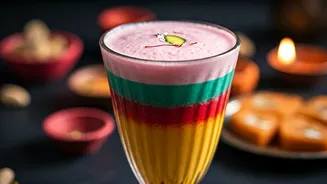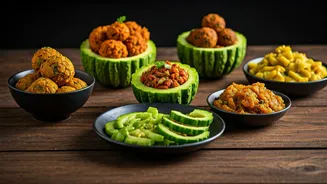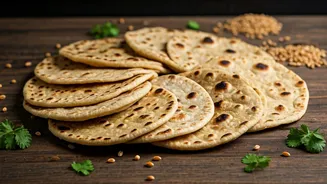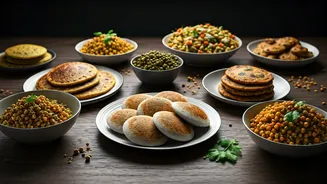Introduction to Diwali
Diwali, or Deepavali, is a significant Indian festival, celebrated with great enthusiasm across the country. It symbolizes the victory of light over darkness
and good over evil. The five-day festival is marked by several traditions, including the lighting of diyas (oil lamps), decorating homes with colorful rangoli patterns, exchanging gifts, and enjoying festive meals. A crucial part of the celebration is the array of sweets prepared and shared during this time. However, the traditional sweets often contain high amounts of sugar and fats, which can be detrimental to health. This is where the concept of healthy Diwali sweets comes into play. The focus is on creating equally delicious treats using healthier ingredients and preparation methods. These recipes ensure you can relish the festive spirit without compromising your health goals.
Oatmeal and Dates Ladoo
The first recipe featured is Oatmeal and Dates Ladoo, a quick and wholesome sweet treat. These ladoos are easy to make, requiring minimal ingredients and time. To prepare them, dry roast oats until they turn slightly golden and fragrant. Next, combine the roasted oats with dates (deseeded), a handful of nuts (almonds, cashews, or walnuts), and a pinch of cardamom powder. The dates act as a natural sweetener and binding agent, eliminating the need for added sugar. Grind the mixture into a coarse consistency, and then shape it into small balls. The Oatmeal and Dates Ladoos provide sustained energy, making them an excellent choice for a festive breakfast or a midday snack. Furthermore, they are a good source of fiber, vitamins, and minerals, providing a nourishing treat that aligns with healthy eating habits during the festival.
Ragi Halwa with Jaggery
Next on the list is Ragi Halwa with Jaggery, a healthier twist on the classic halwa. Ragi, also known as finger millet, is a powerhouse of nutrients, including calcium, iron, and fiber. This halwa is made by roasting ragi flour in ghee until it turns golden brown. Following this, add hot water gradually, stirring continuously to prevent lumps. The key to this recipe is the use of jaggery instead of refined sugar. Jaggery is a natural sweetener rich in minerals like iron and potassium. Add grated jaggery to the halwa and cook until it thickens, stirring constantly. Add a sprinkle of cardamom powder and chopped nuts for added flavor and texture. This Ragi Halwa is a nourishing option that also satisfies the sweet cravings, making it a delicious addition to your Diwali festivities. The recipe demonstrates how to blend traditional flavors with health-conscious ingredients.
Fruit and Nut Kheer
The third recipe presented is Fruit and Nut Kheer, a refreshing and nutritious alternative to traditional kheer made with milk and sugar. For this version, use a combination of milk (dairy or plant-based) and fruits such as apples, bananas, and mangoes. Begin by boiling the milk and then add the chopped fruits. Instead of sugar, use a natural sweetener like honey or stevia, or simply allow the natural sweetness of the fruits to take center stage. To enhance the flavor and nutritional value, add a generous amount of nuts, such as almonds, cashews, and pistachios. Flavor the kheer with a touch of cardamom and saffron for an authentic Indian taste. This Fruit and Nut Kheer is a light yet fulfilling dessert perfect for those looking to avoid refined sugar or heavy sweets during Diwali. The use of fresh fruits and nuts provides essential vitamins, minerals, and healthy fats.
Baked Moong Dal Halwa
The final recipe in this collection is Baked Moong Dal Halwa, a healthier version of the traditional Moong Dal Halwa, prepared without the excessive use of ghee. Moong dal, a type of lentil, is a great source of protein and fiber. To make this baked version, soak moong dal overnight and then grind it into a fine paste. Roast the paste in a small amount of ghee until it turns slightly golden. Add milk and a natural sweetener such as jaggery or dates paste. Bake the mixture in a preheated oven until it thickens and the moisture evaporates. Garnish with chopped nuts and a sprinkle of cardamom powder. The baking process reduces the overall fat content, making it a lighter treat than the traditionally fried version. This Baked Moong Dal Halwa provides a protein-rich and fiber-rich sweet treat that aligns with the health-conscious choices many people make during Diwali.
